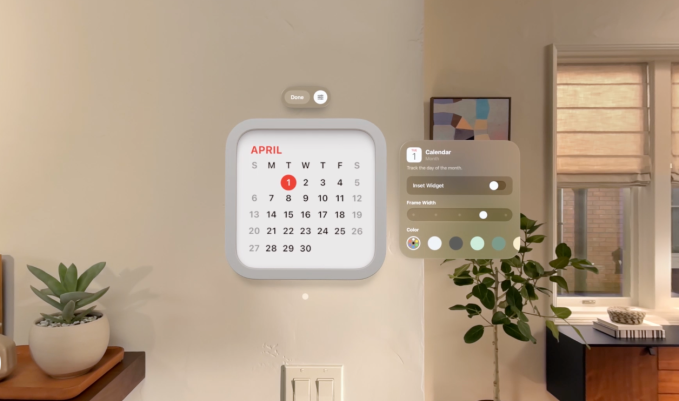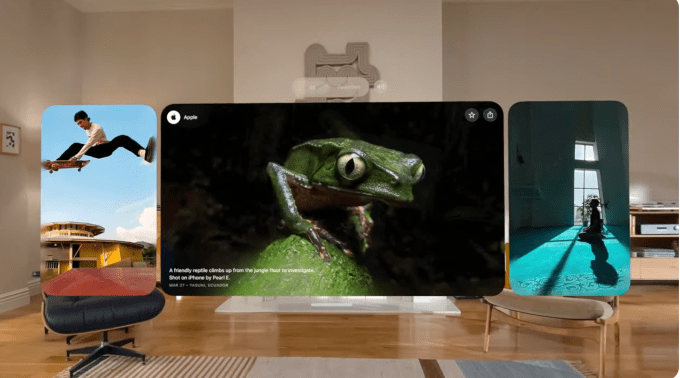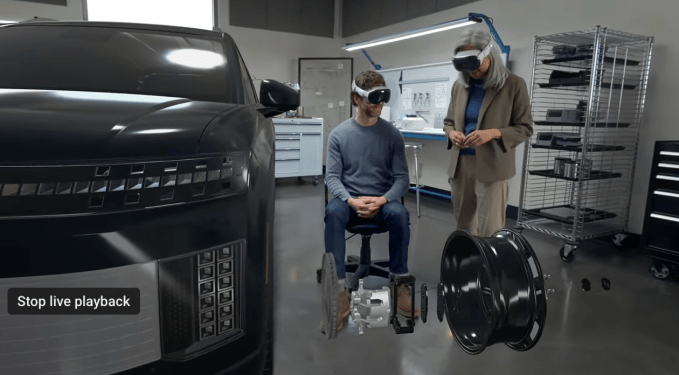Apple's visionOS 26, the software that propels its mixed reality headset, has been upgraded with an array of features designed to amplify the user experience. These enhancements, unveiled at WWDC, cater to both consumers and businesses, offering a blend of digital and physical interactions through spatial computing.





The introduction of spatial widgets in visionOS 26 marks a significant step forward in user interface design. These widgets are not confined to a screen but are instead integrated into the user's physical environment, allowing for customization in size, color, and depth. Users can place these widgets wherever they desire, providing quick access to personalized information such as a customizable clock, adaptive weather updates, music controls, and photo panoramas.
The Photos app within visionOS 26 has been revamped with an AI-driven algorithm that employs computational depth. This technology transforms 2D images into multi-perspective views, offering a sense of depth and immersion, as if users can lean into the image and explore it from different angles.
Safari's spatial browsing feature promises to revolutionize web surfing by offering an immersive experience. Articles that support this feature minimize distractions and display inline photos that become animated as users scroll. Developers are also encouraged to incorporate spatial browsing into their applications.
Personas, AI avatars that represent users during video calls, have been significantly improved in visionOS 26. These avatars now employ volumetric rendering and machine learning to provide a more lifelike representation, from accurate side profiles to detailed features like hair, eyelashes, and skin tones. These avatars are generated swiftly on-device, offering a seamless experience.
For shared experiences, visionOS 26 enables users to synchronize their headsets for activities such as watching movies or playing spatial games together. This feature extends to enterprise clients, facilitating collaboration on projects. For instance, Dassault Systèmes is using this technology to visualize 3D designs in real-time with remote teams using their 3DLive app.
Enterprises can now manage a pool of shared devices with ease, thanks to visionOS 26. It securely stores user-specific data like vision prescriptions and accessibility settings, allowing for quick setup on shared or guest devices. Apple is also expanding its APIs to encourage the development of visionOS-specific apps and has introduced a secure mode for confidential materials.
A new spatial accessory, the Logitech Muse for Vision Pro, has been announced, offering precise 3D drawing and collaboration capabilities. visionOS 26 also supports additional languages, including French, German, Italian, Japanese, Korean, and Spanish, along with English in various regions.
Users can now navigate apps and websites using a "look to scroll" feature, controlled by eye movements. The system also allows for unlocking an iPhone while wearing the headset and supports call relays from the iPhone to the Vision Pro, ensuring seamless connectivity.
These updates to visionOS 26 signify Apple's commitment to pushing the boundaries of mixed reality, offering users an enhanced and personalized digital experience that blends seamlessly with the physical world.